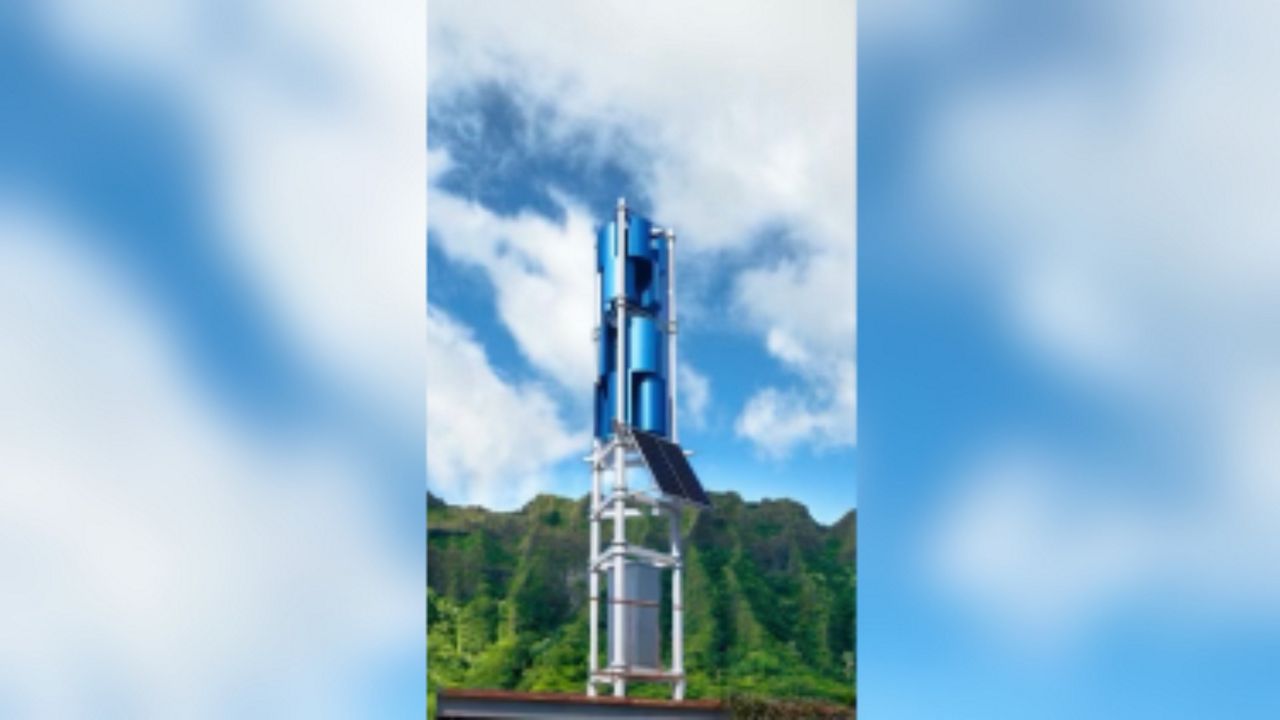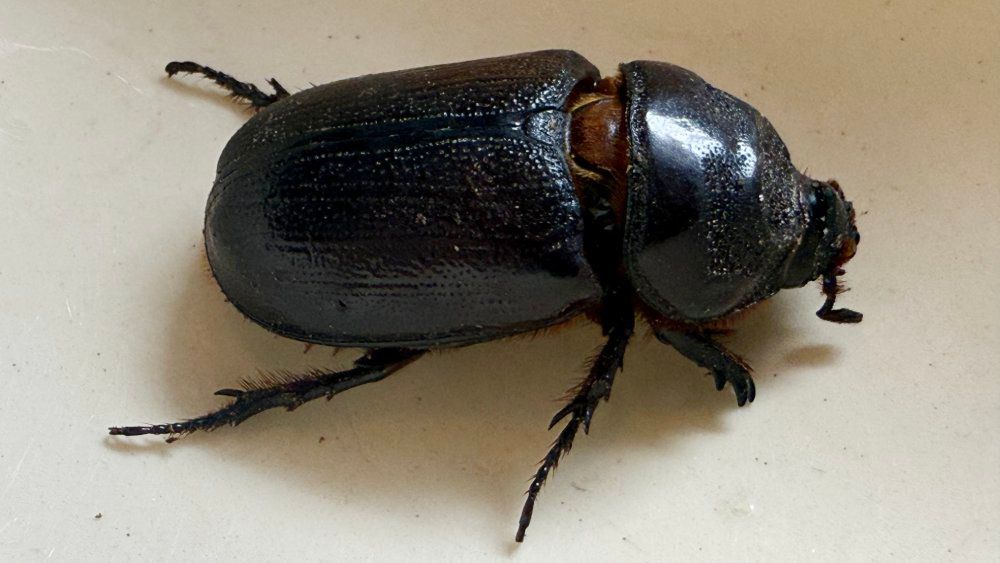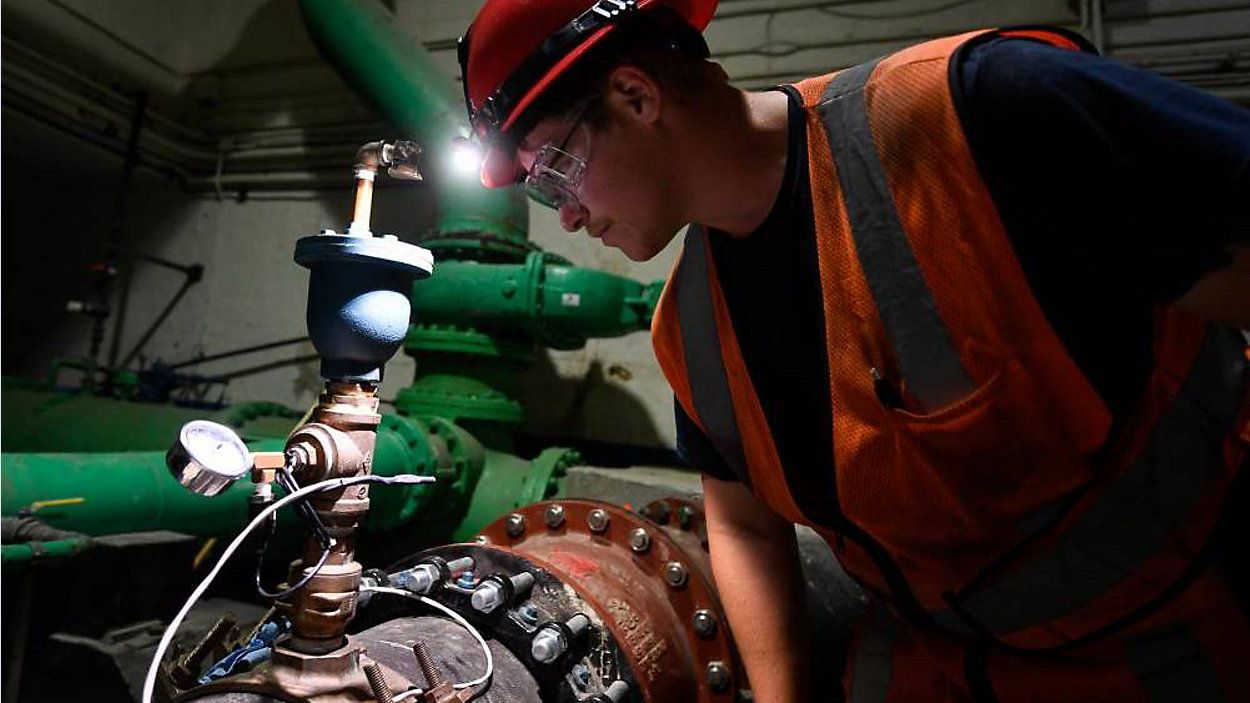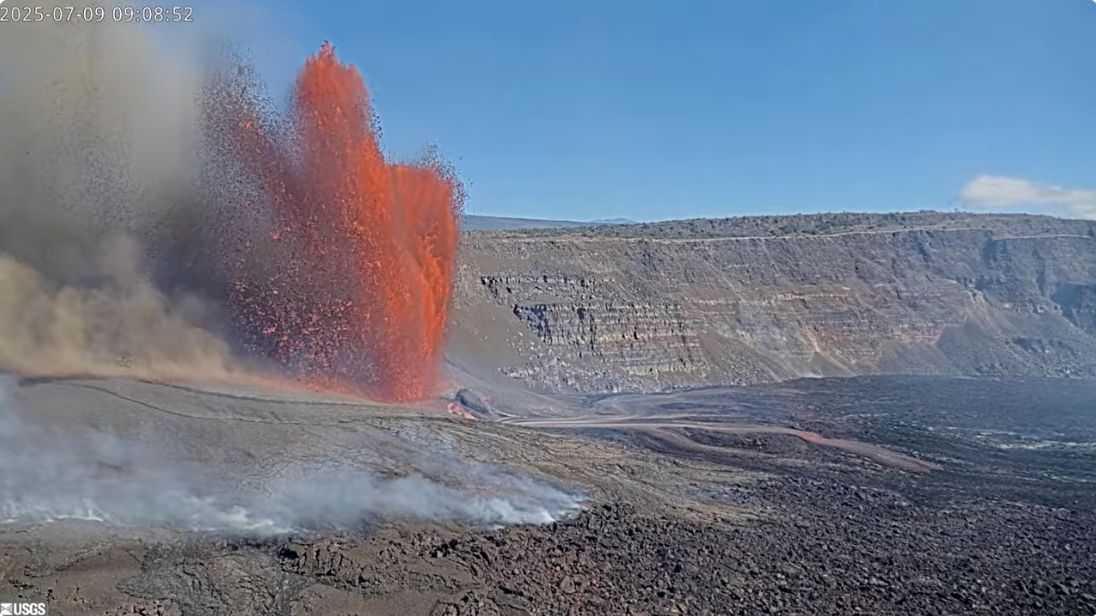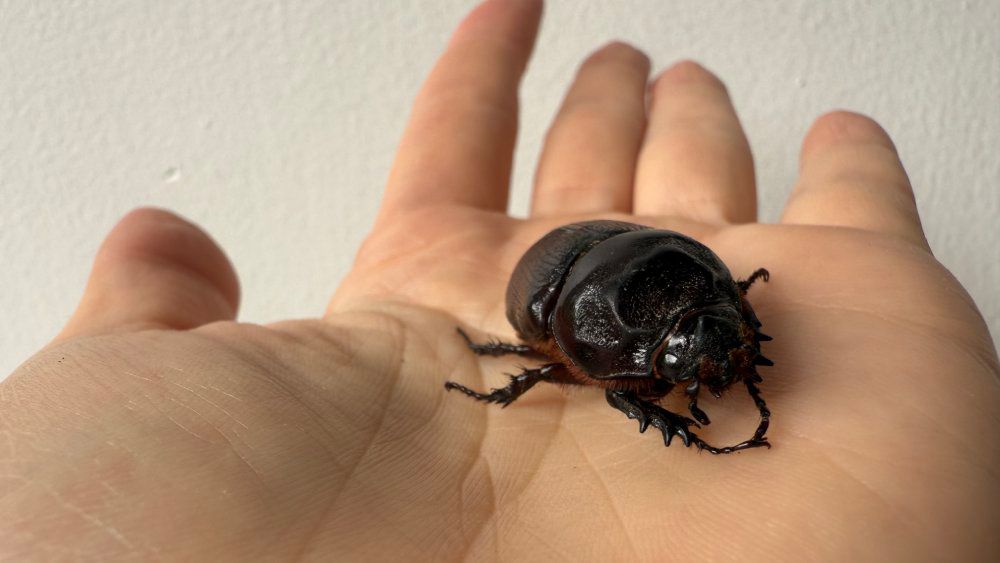HONOLULU — The Hawaii Community Development Authority announced Wednesday a partnership with Kanoa Winds Inc. to study a wind turbine that has been used in Japan to generate clean power for more than 15 years.
One Vertical Coaxial Contra-rotating Twin Blades wind turbine will be installed in Kakaako Makai in order to determine whether it’s possible to expand its use across the state.
“These compact vertical turbines are successfully used in densely populated areas throughout Japan,” said HCDA Executive Director Craig Nakamoto in a statement. “We are very excited to be collaborating with Kanoa Winds to test this technology’s small but mighty ability to harness the power of wind, for a new alternative to Hawaii’s clean energy future.”
The VCCT wind turbine uses both lift and drag to rotate two levels of turbine blades bidirectionally, producing a strong torque, according to Kanoa Winds. The turbine has a small footprint, allowing it to be set up on top of buildings and factories, and it operates quietly.
Unlike a traditional, horizontal-axis wind turbine, VCCTs generate power at a much wider range of wind speeds. VCCTs can operate at wind speeds between 7 to 134 miles per hour, while horizontal-axis wind turbines typically stop generating power at wind speeds of about 44 miles per hour.
In Hawaii, environmentalists have long been concerned about the death toll caused by wind turbines, which kill native birds and bats as they collide into their blades and associated structures. Kanoa Winds CEO Kaname Takeya said in Japan birds nest in VCCT wind turbines, allowing the technology and the animals to safely coexist.
“The prestigious Japan Falconiformes Center has endorsed the technology due to its safety and reliability while having minimal impact on the environment,” said Takeya.
Kanoa Winds will install a 0.5 kilowatt VCCT unit near the Hawaii Technology Development Corporation Entrepreneur Sandbox in order to study its wind speed power generation, equipment load, stability tests, safety evaluation, wildlife impact and environmental assessment.





